Did you know that some incredible animals can actually regrow body parts? They can regenerate entire limbs, fur, and damaged tissues. Sure, humans have opposable thumbs, but we can’t regenerate parts of ourselves. These regenerative capabilities are amazing, yes, but they also have potential medical and scientific implications. Here are 15 remarkable animals that can regenerate their body parts.
Axolotl
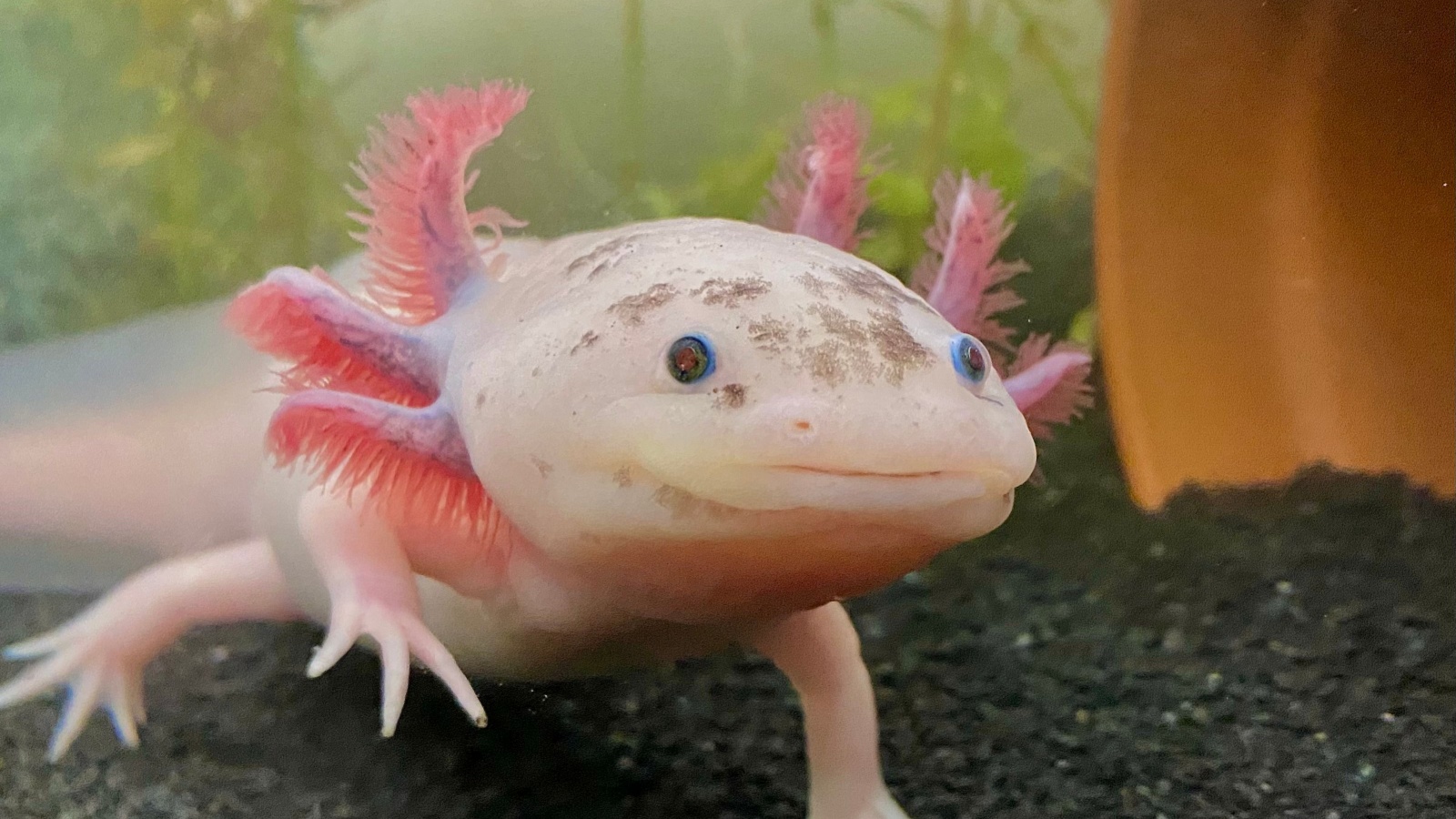
The axolotl (Ambystoma mexicanum) is not just any salamander; it’s a particularly intriguing species due to its extraordinary regenerative capabilities. Native to the lake complex of Xochimilco near Mexico City, this species spends its entire life in a larval state, a condition known as neoteny. Unlike most amphibians, axolotls do not undergo metamorphosis to become land-dwelling adults unless exposed to very specific environmental conditions or hormonal treatments.
What sets the axolotl apart in the animal kingdom is its ability to regenerate a variety of body parts with remarkable precision and effectiveness. This includes limbs, tail, parts of the brain, and heart tissues, which is particularly rare in the animal kingdom and not typically observed in mammals, including humans. These regenerative abilities could one day provide insights into repairing and regrowing human tissues and organs.
Starfish

Starfish, or sea stars, possess one of the most fascinating abilities in the animal kingdom to regenerate lost arms, a process which is not only crucial for survival but also for understanding regeneration itself.
This capability varies among species, but many can regenerate an entire arm, and in some cases, a new starfish can grow from a single detached arm if part of the central body, or disk, is still attached.
Planarian Flatworm
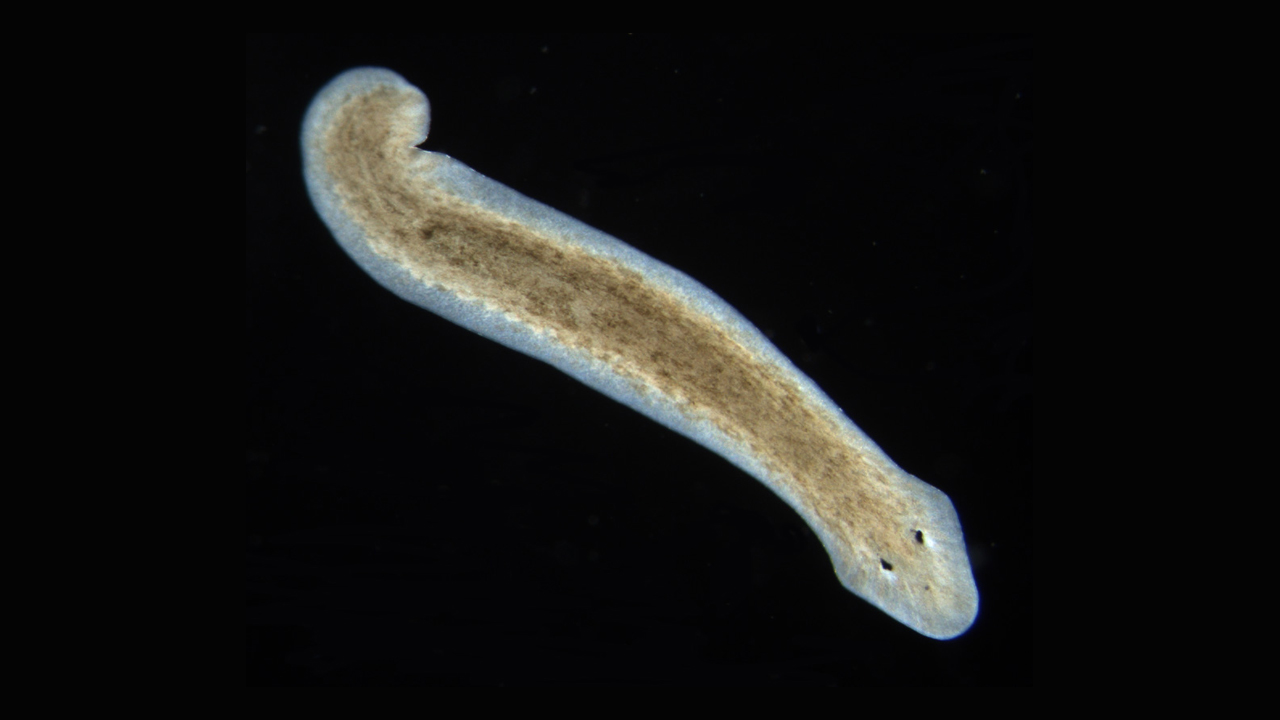
Planarian flatworms are remarkable for their profound regenerative abilities, which allow them to regenerate into complete individuals from just a small fragment of their body. This adaptation makes them a favored subject in scientific research on regeneration and stem cell biology.
Spiny Mouse
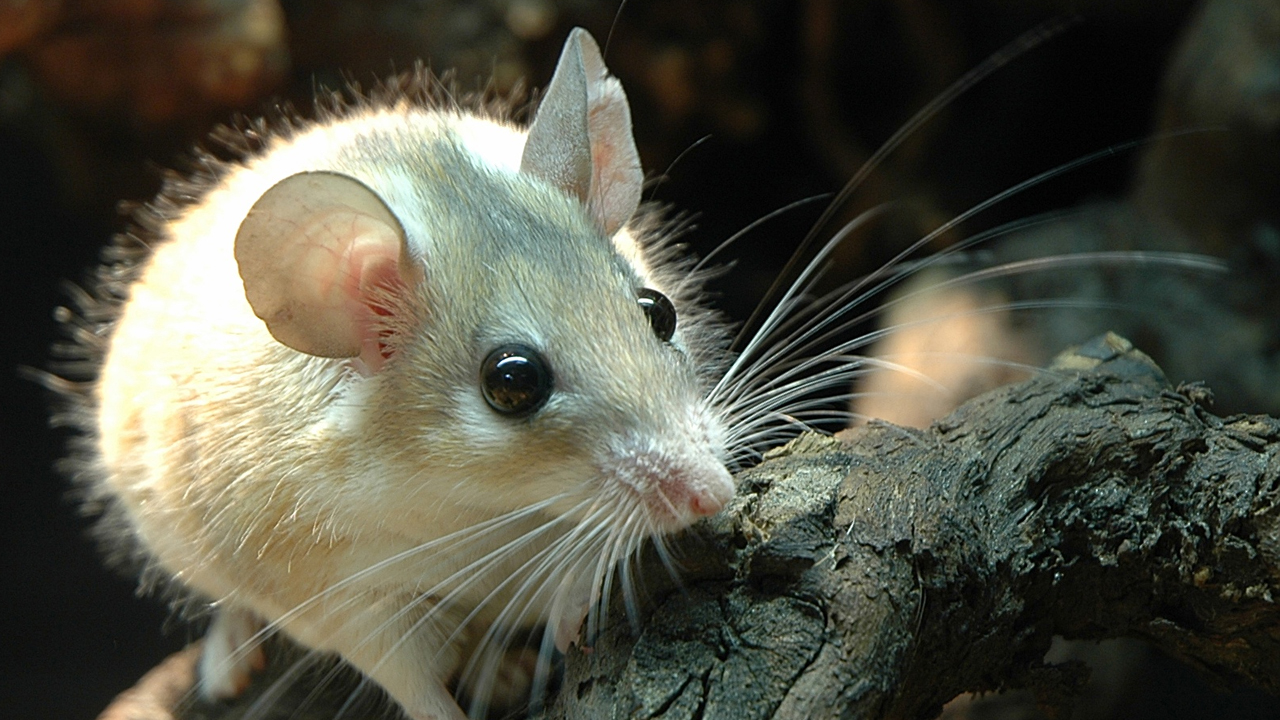
Unlike other mammals, the African spiny mouse can regrow even extensively damaged tissues. The African spiny mouse (genus Acomys) is indeed an exceptional example among mammals due to its unique regenerative capabilities. Typically, mammals have limited regenerative abilities, primarily restricted to healing wounds with scar tissue.
However, the African spiny mouse displays a remarkable ability to regenerate skin, hair, and cartilage and even heal severe tissue damage without scarring. This makes it a subject of great interest for researchers studying regenerative medicine and tissue repair.
Sea Cucumber
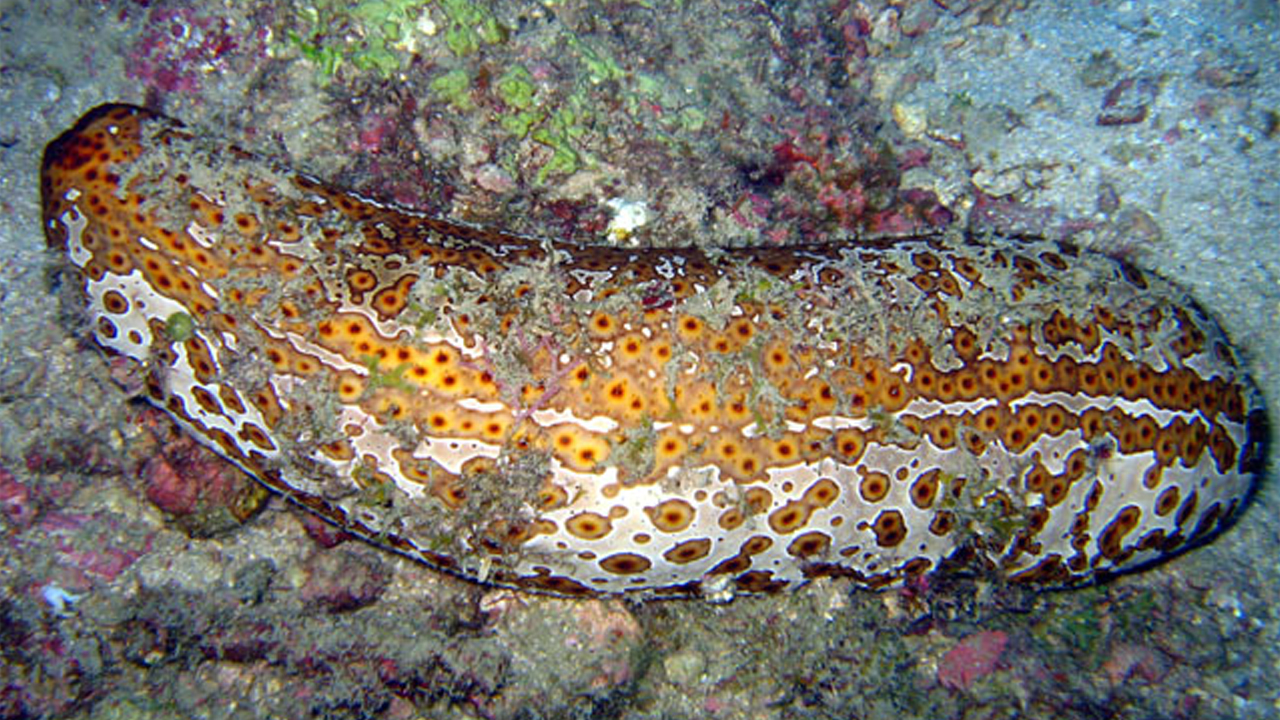
Sea cucumbers are indeed remarkable for their ability to expel and regenerate their internal organs, a unique defense mechanism known as evisceration. This process not only serves as a means to evade predators but also demonstrates an extraordinary capacity for regeneration that is of great interest in the field of biology.
Deer Antlers

Male deer, including species like elk, moose, and various kinds of deer, have a unique biological trait among mammals—the ability to regrow their antlers annually. This process is not only fascinating from a biological standpoint but also serves important roles in the life cycle and behavior of these animals.
Lizards
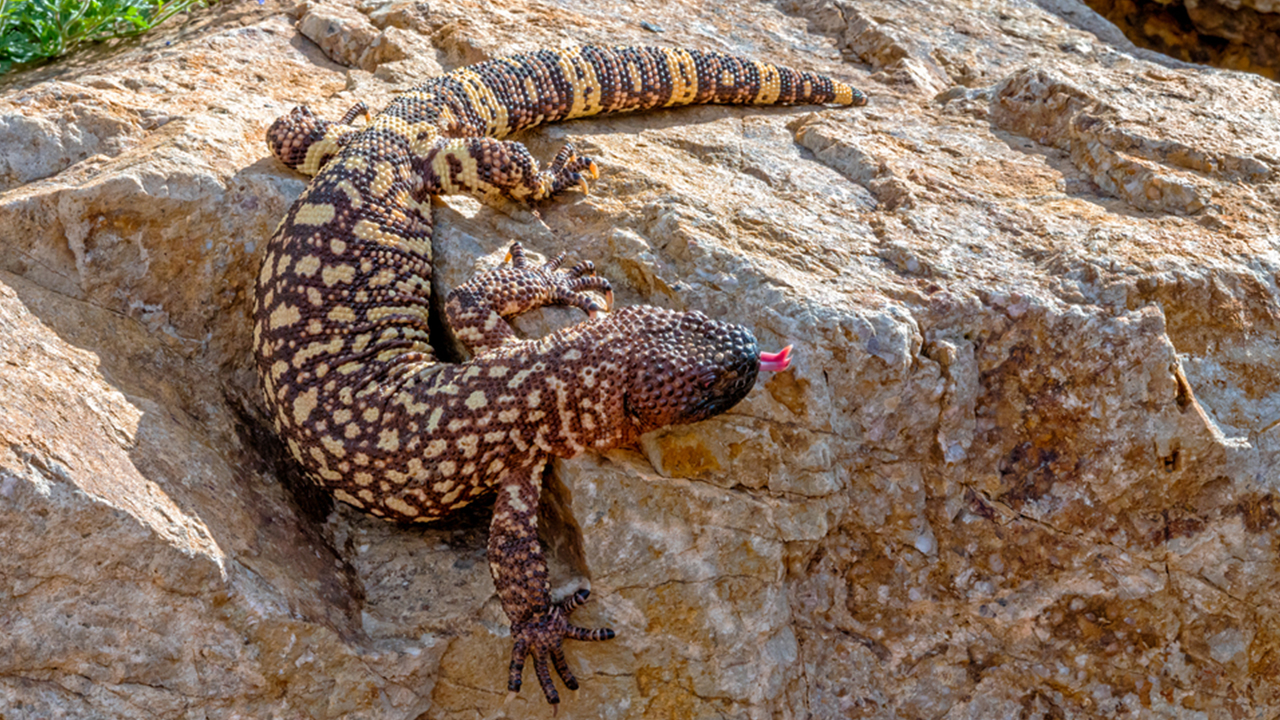
The ability of lizards to regenerate their tails is a well-documented phenomenon and serves as a vital survival strategy. This form of autotomy, or self-amputation, is a defense mechanism that allows a lizard to escape from predators by sacrificing a part of its body that can later be regenerated.
Zebrafish

Zebrafish (Danio rerio) are small freshwater fish widely known for their remarkable regenerative abilities. They can regenerate several body parts, including fins, spinal cord, and heart tissue, making them invaluable in scientific research, particularly in the fields of developmental biology and regenerative medicine.
Crayfish

Crayfish, like many other crustaceans, possess the remarkable ability to regenerate lost appendages such as claws and legs—a vital capability that enhances their survival and reproductive success. This regenerative process is not only fascinating from a biological perspective but also important for maintaining the health and population stability of these organisms
Jellyfish
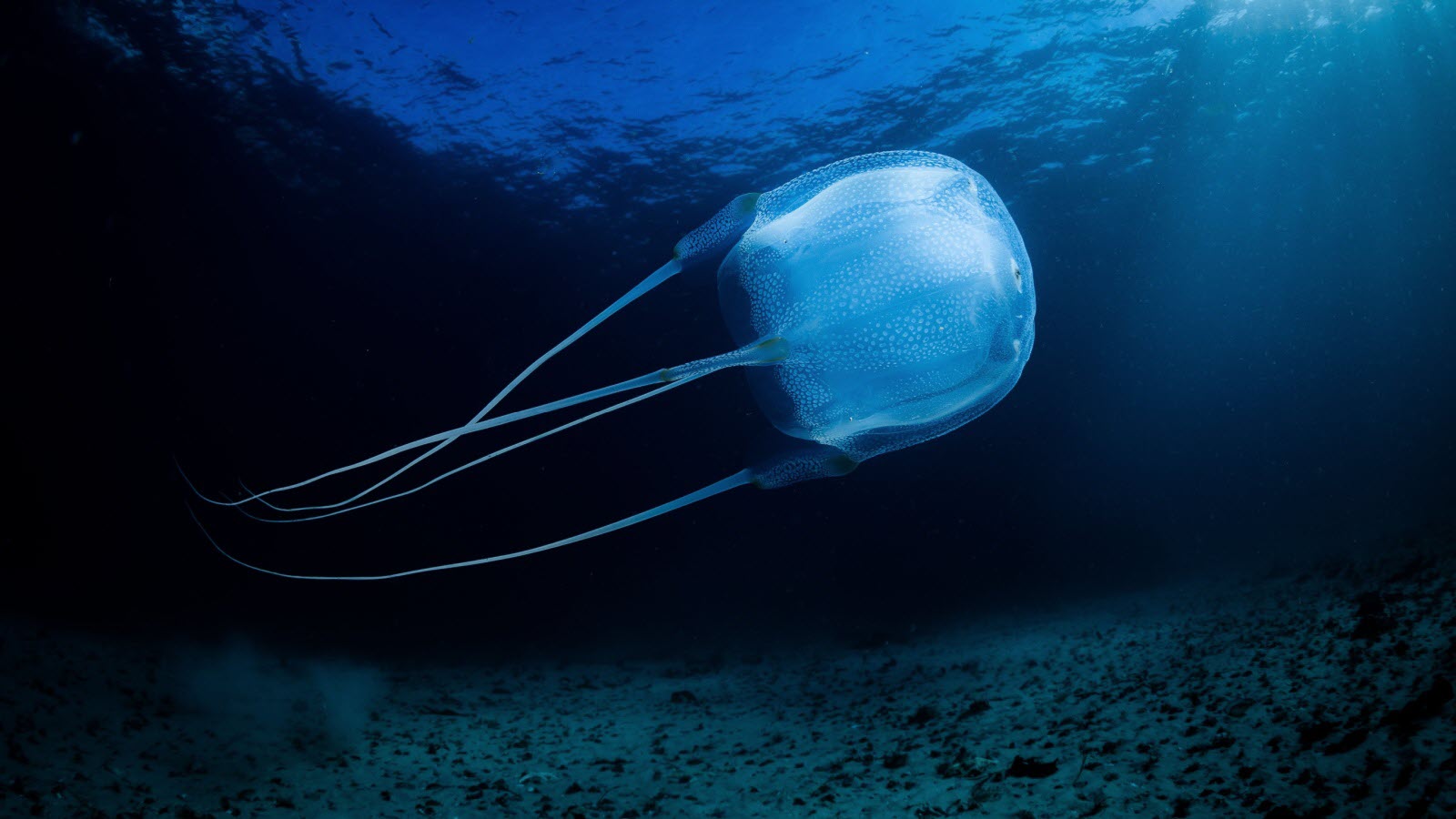
Certain species of jellyfish exhibit extraordinary regenerative capabilities, where they can regenerate their entire body from just a small piece of tissue. This remarkable ability highlights the incredible plasticity and resilience of jellyfish and offers intriguing possibilities for research into cellular regeneration and developmental biology. Here’s how this process generally unfolds in these species:
Sea Urchin
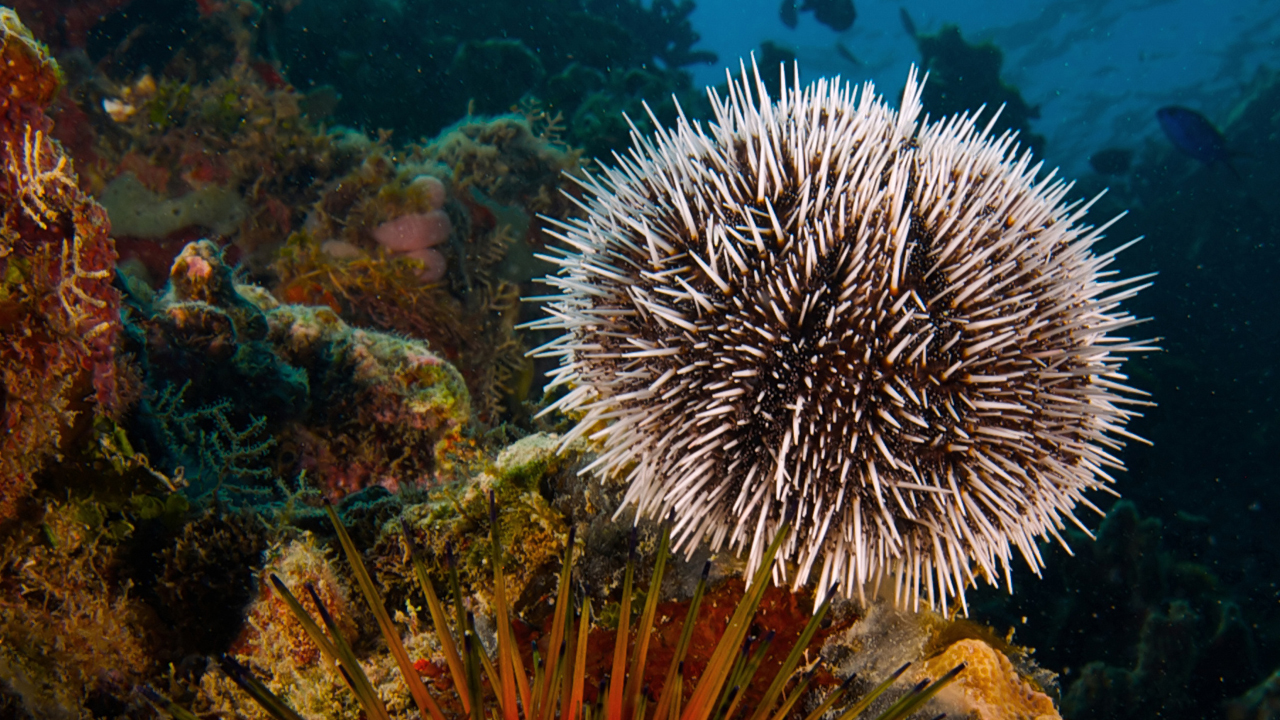
Sea urchins, fascinating members of the echinoderm family, exhibit notable regenerative capabilities that allow them to recover from injuries by regrowing spines, tube feet, and even parts of their internal organs. This ability is crucial for their survival, particularly given their exposure to predators and environmental hazards.
Salamander

Salamanders, particularly species like the axolotl and newts, are renowned for their exceptional regenerative abilities, which extend far beyond the capability of most other vertebrates. They can regrow limbs, tails, parts of their hearts, eyes, and even significant portions of their brain and spinal cord. This extensive regenerative capacity offers invaluable insights into developmental biology and regenerative medicine.
Flathead Grey Mullet
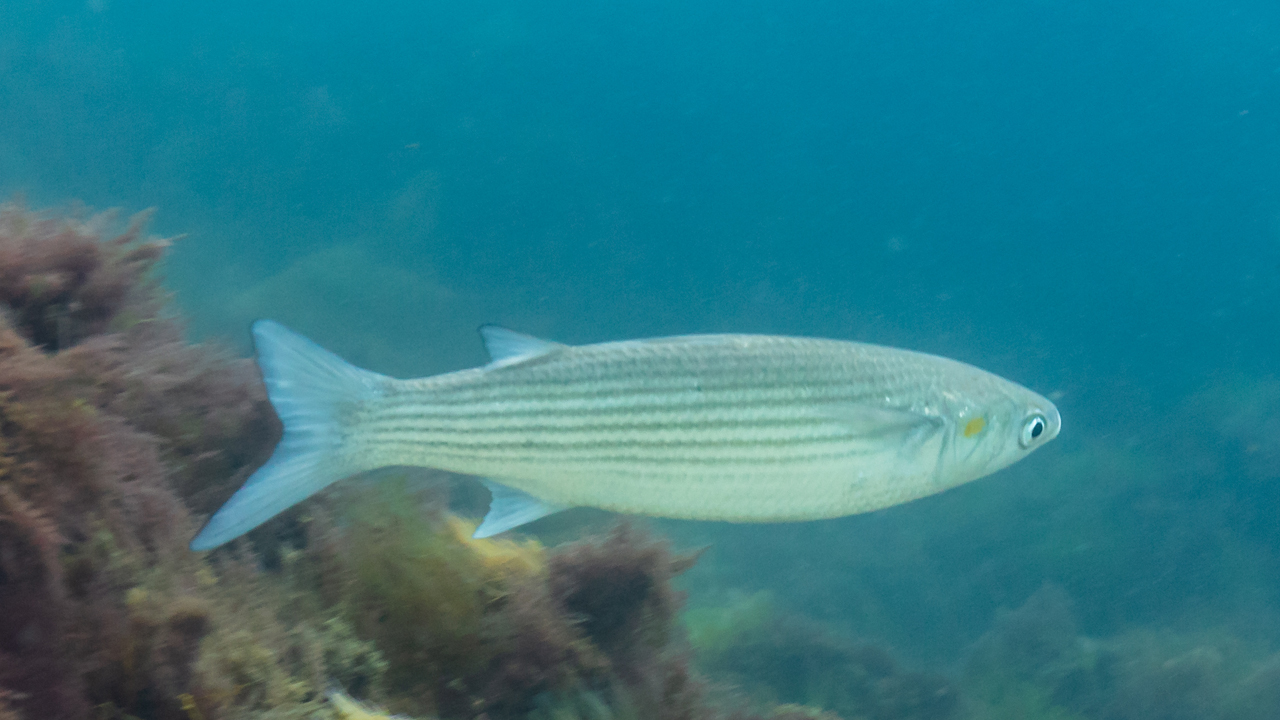
The Flathead Grey Mullet (Mugil cephalus) is an example of a fish that demonstrates a robust regenerative capability, able to regenerate its scales, fins, and even parts of its internal organs. This ability is crucial for survival, allowing these fish to recover from injuries that occur in their natural environments, such as predator attacks or harsh physical conditions.
Hydra

Hydras, small freshwater cnidarians, are indeed among the most remarkable regenerators in the animal kingdom. Their ability to regenerate their entire body from just a small fragment of tissue is a fascinating example of biological resilience and plasticity. This capability not only makes them an important model organism in studies of regeneration and stem cells but also provides valuable insights into the fundamental processes of morphogenesis and cellular differentiation.
African Clawed Frog
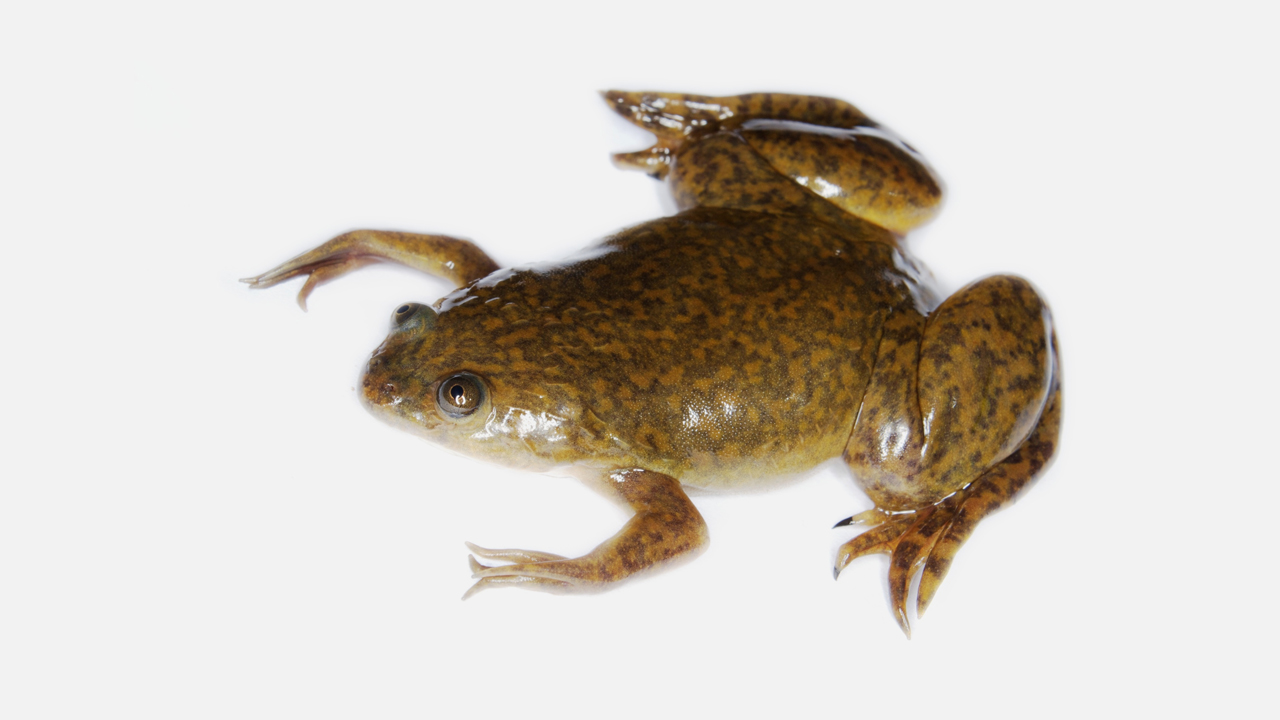
African Clawed Frogs (Xenopus laevis) are notable for their regenerative capabilities, particularly during their tadpole stages, where they can regrow lost appendages such as toes, feet, and even entire legs. This ability demonstrates the remarkable regenerative potential of amphibians and offers valuable insights into developmental biology and regenerative medicine.
Ellen has been obsessed with logic puzzles, jigsaws, and cryptograms since she was a kid. After learning she was taught how to play chess wrong by a family friend (so they could win), she joined her school chess club and the rest is history.

